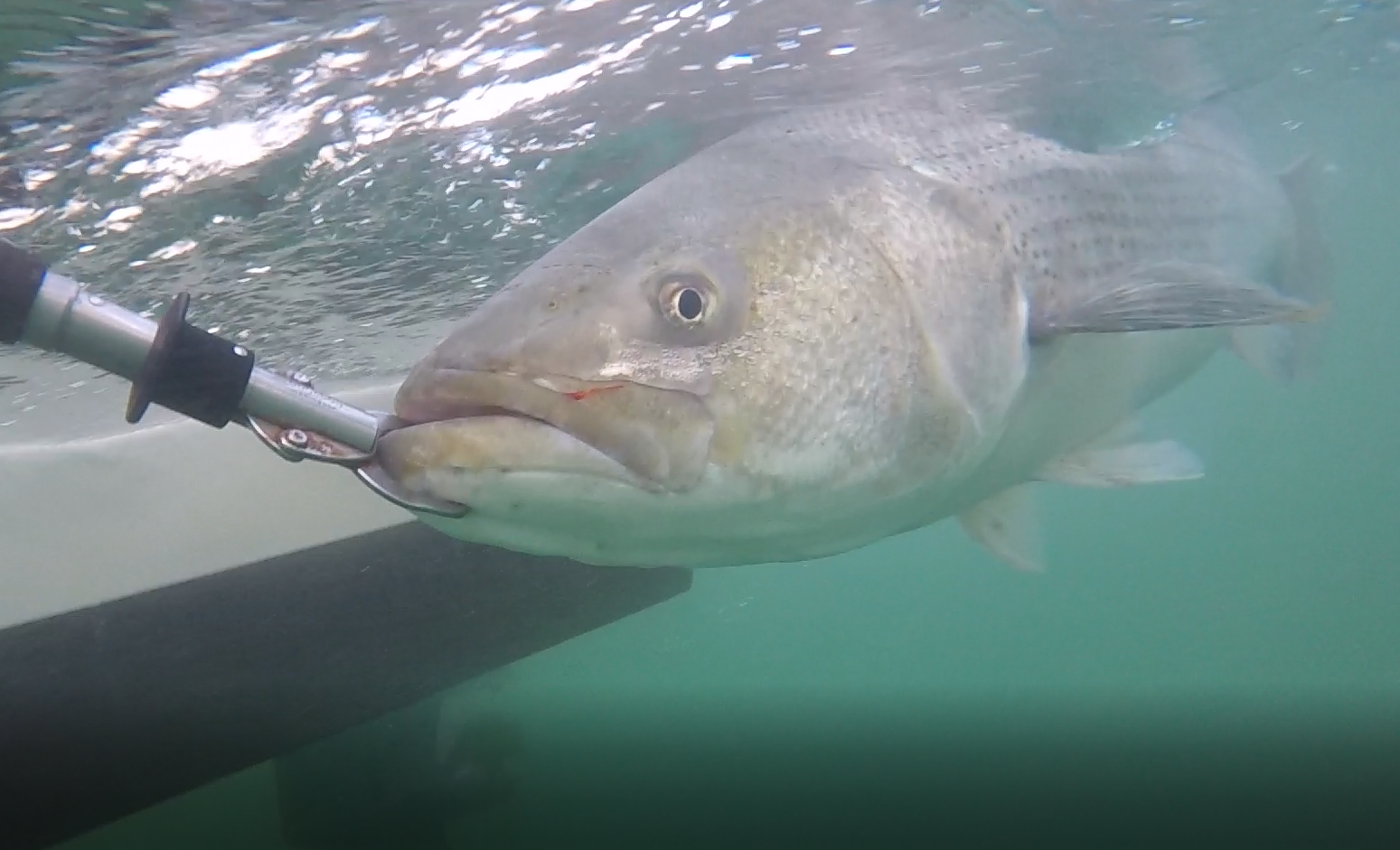STARS & STRIPERS (Originally Published in The Fisherman’s issue #9 of 2015)

In 2012 while at the Recreational Fishing Alliance (RFA), I was invited to testify before the House Natural Resources Committee on something near and dear to me both personally and professionally; striped bass. Specifically, the hearing was related to the reauthorization of the Atlantic Striped Bass Conservation Act, which sadly, like thousands of other good bills on Capitol Hill, has been ignored.
Striped bass deserves more than ignorance. Steeped in the earliest history of our Nation, striped bass represents one of North America’s most important natural resources, one that has fueled the development and economic growth of the United States and continues to drive our recreational fishing industry.
Uniquely American, striped bass exhibits high levels of resilience and persistence; characteristics shared by the early colonists. It is said that striped bass was the staple source of protein at America’s first Thanksgiving, and it’s a matter of historical record that Pilgrims would not have survived those first harsh winters without the sustenance provided by striped bass.
Our nation’s first public school was founded at Plymouth Colony with income derived from the striper fishery, and as early as the 1640’s, fishermen began working with legislators to ensure that this valuable resource was utilized in the most responsible and economical manner, standing as one of the very foundations of our nation’s present day laws.
As the settlers expanded westward, they also brought striped bass along by railcar from New Jersey’s Navesink River to San Francisco Bay. What started with a few hundred fingerlings in the late 1800’s led to a robust West Coast fishery, with striped bass now found from Los Angeles to the Columbia River in Washington.
When Americans settled new communities, striped bass took up residency as well, from Lake Cumberland in Kentucky, all the way up to Ohio’s Buckeye Lake, on out to Lake Mead in Nevada. Wherever tough and determined American settlers were found, so too was this iconic species.
The environmental movement of the 60’s and 70’s was no doubt bolstered by images of flames atop Ohio’s Cuyahoga River, but the epic battles by conservationists on the Hudson against General Electric could find no better symbol of resolve than the striped bass which spawned there. By the time PCB’s were finally banned in 1977, much of the damage was already done, as pollution and overfishing decimated coastwide striper populations.
Ultimately, it was 1984’s Atlantic Striped Bass Conservation Act that forced the Atlantic States Marine Fisheries Commission (ASMFC) to impose a coastwide moratorium on striped bass fishing, thereby allowing conservation and environmentalism to work in tandem to help restore the fishery.
Personally, I believe the ASMFC made a huge mistake in its most recent striped bass decision; for an anadromous species that migrates up and down the Atlantic Coast, allowing individual state coastal limits seems fairly counter-intuitive to protecting specific year classes which may require special attention. Ultimately, the divisiveness of the debate, pitting state vs. state, angler against angler, was fostered by a flawed management plan that fails to recognize the historic importance of this fishery, as important today as it was 375 years ago.
When Congress first passed the Atlantic Striped Bass Conservation Act, it was done to force ASMFC to act with swiftness and resolve. Perhaps it’s time for Congress to get involved again. RFA’s Jim Donofrio told me recently that it’s time to make striped bass our national fish; and this week, Rep. Tom MacArthur (R-NJ) is introducing federal legislation that would do just that. Kudos to RFA, and the freshman Congressman from New Jersey!
Legend has it that President George Washington, himself an ardent angler, once settled a dispute amongst cabinet rivals Thomas Jefferson and Alexander Hamilton while on a striped bass trip out of Sandy Hook, NJ with our first president refusing to come ashore until the two Secretaries resolved their political differences.
Perhaps Senators Harry Reid and Mitch McConnell could join House leaders Boehner and Pelosi for a half-day striper trip out of the Highlands, fishing those same waters where political rivals once settled their differences over 200 years ago. I’m sure their constituents in Nevada, Kentucky, Ohio and California would appreciate it, given the importance of striped bass in those states.
A nation in need of unity could find no better symbol of resiliency and resolve than America’s fish. Certainly, a movement to make striped bass the national fish is one thing at the very least in which both parties – and all conservation organizations – could foster some agreement.

